The Truth About Age & Female Fertility

What Every Woman Should Know About the Fertility Timeline
In today’s world, many women are choosing to delay parenthood, focusing first on education, careers, or personal goals. Yet while modern medicine offers incredible advances in fertility treatment, one truth remains consistent: age still plays a major role in female fertility. At Reproductive Centers of America (RCA), we believe in arming you with honest, compassionate, and science-based information so you can make informed decisions on your timeline.
How Female Fertility Changes With Age
A woman is born with all the eggs she’ll ever have—about 1 to 2 million at birth. By puberty, that number drops to around 300,000. And with each passing year, both the quantity and quality of eggs decline.
Here’s what the general timeline looks like:
- In your 20s: Fertility is at its peak. Egg quality is highest, and monthly conception rates are around 25–30%.
- Early 30s: Fertility remains strong, but a gradual decline begins around age 32.
- After 35: The decline becomes steeper. Risks of miscarriage and chromosomal abnormalities increase.
- By 40: Fertility drops significantly. Monthly conception rates fall below 5%, and IVF success rates also decrease.
Of course, every woman is different. But this biological curve is important to understand—even when you feel healthy and young.
The Role of Egg Quality and Quantity
The two biggest age-related changes in fertility are:
- Diminished ovarian reserve (fewer eggs remaining)
- Reduced egg quality (increased likelihood of chromosomal abnormalities)
Even women who still have regular periods may have eggs that are no longer viable for conception. This is why fertility testing—not guesswork—is essential if you're planning ahead.
Options for Preserving Fertility
If you’re not ready to start a family now but want to keep the option open, consider these proactive steps:
1. Egg Freezing (Oocyte Cryopreservation)
Eggs are retrieved and frozen for future use, ideally before age 35. They can be thawed later for IVF when you're ready to conceive.
2. Embryo Freezing
If you have a partner or sperm donor, you may choose to create and freeze embryos, which typically have higher survival and success rates.
3. Fertility Evaluation
A simple blood test (AMH), ultrasound, and consultation can provide valuable insights into your current fertility status.
Fertility After 40: Still Possible?
Absolutely—but more complex.
While it’s harder to conceive naturally after 40, many women go on to have healthy pregnancies with the help of fertility treatments such as IVF, egg donation, or embryo adoption. At RCA, we support patients through all paths to parenthood with honesty and expertise.
Knowledge Is Power—And Peace of Mind
The best time to think about your fertility is before it becomes urgent. Whether you’re planning for next year or the next decade, understanding how age affects fertility gives you more control and more choices.
Our goal isn’t to pressure - it’s to prepare.
How Female Fertility Changes With Age
A woman is born with all the eggs she’ll ever have—about 1 to 2 million at birth. By puberty, that number drops to around 300,000. And with each passing year, both the quantity and quality of eggs decline.
Here’s what the general timeline looks like:
- In your 20s: Fertility is at its peak. Egg quality is highest, and monthly conception rates are around 25–30%.
- Early 30s: Fertility remains strong, but a gradual decline begins around age 32.
- After 35: The decline becomes steeper. Risks of miscarriage and chromosomal abnormalities increase.
- By 40: Fertility drops significantly. Monthly conception rates fall below 5%, and IVF success rates also decrease.
Of course, every woman is different. But this biological curve is important to understand—even when you feel healthy and young.
The Role of Egg Quality and Quantity
The two biggest age-related changes in fertility are:
- Diminished ovarian reserve (fewer eggs remaining)
- Reduced egg quality (increased likelihood of chromosomal abnormalities)
Even women who still have regular periods may have eggs that are no longer viable for conception. This is why fertility testing—not guesswork—is essential if you're planning ahead.
Options for Preserving Fertility
If you’re not ready to start a family now but want to keep the option open, consider these proactive steps:
1. Egg Freezing (Oocyte Cryopreservation)
Eggs are retrieved and frozen for future use, ideally before age 35. They can be thawed later for IVF when you're ready to conceive.
2. Embryo Freezing
If you have a partner or sperm donor, you may choose to create and freeze embryos, which typically have higher survival and success rates.
3. Fertility Evaluation
A simple blood test (AMH), ultrasound, and consultation can provide valuable insights into your current fertility status.
Fertility After 40: Still Possible?
Absolutely—but more complex.
While it’s harder to conceive naturally after 40, many women go on to have healthy pregnancies with the help of fertility treatments such as IVF, egg donation, or embryo adoption. At RCA, we support patients through all paths to parenthood with honesty and expertise.
Knowledge Is Power—And Peace of Mind
The best time to think about your fertility is before it becomes urgent. Whether you’re planning for next year or the next decade, understanding how age affects fertility gives you more control and more choices.
Our goal isn’t to pressure - it’s to prepare.









